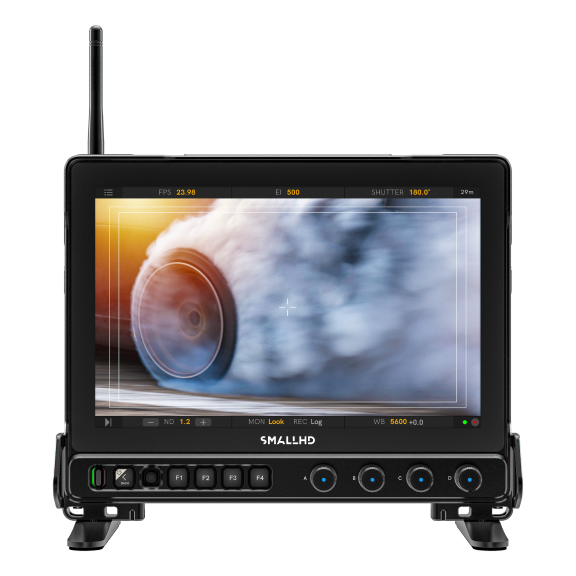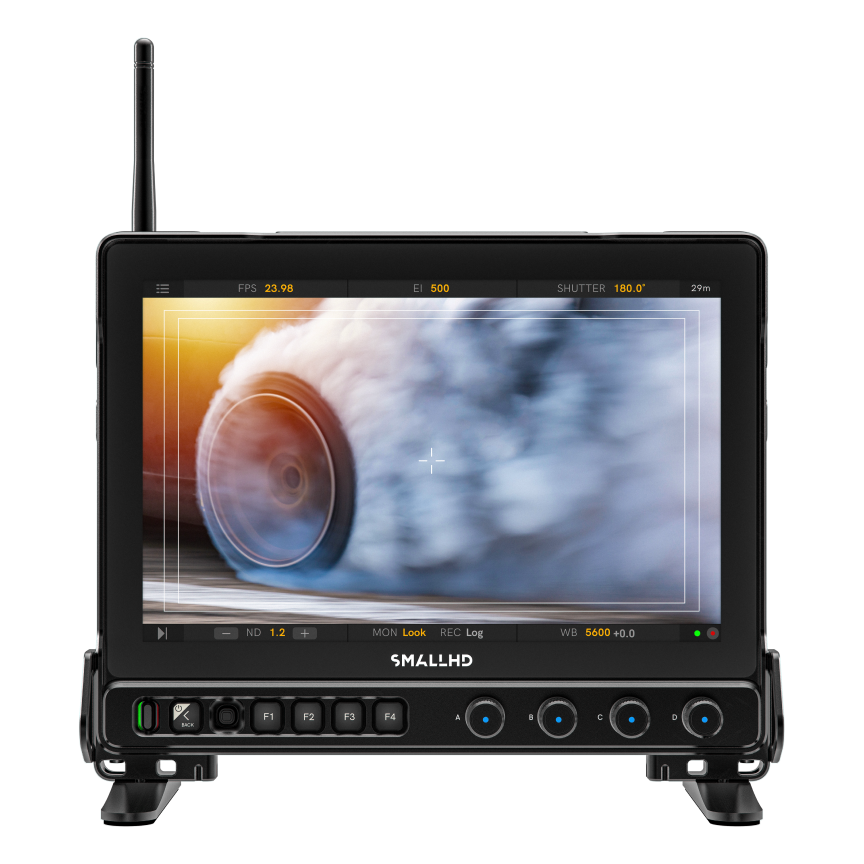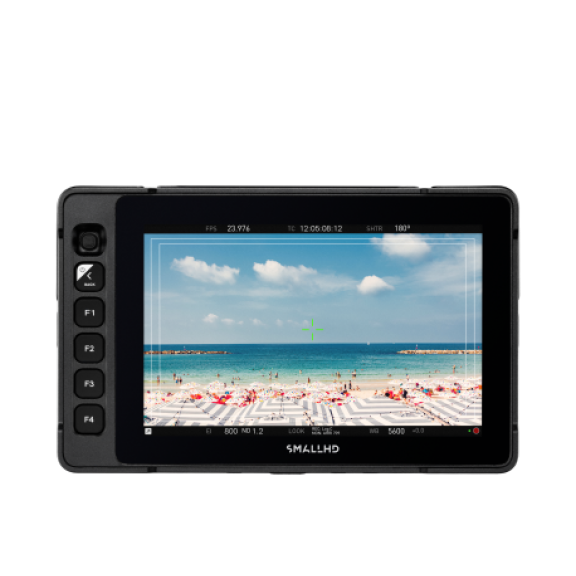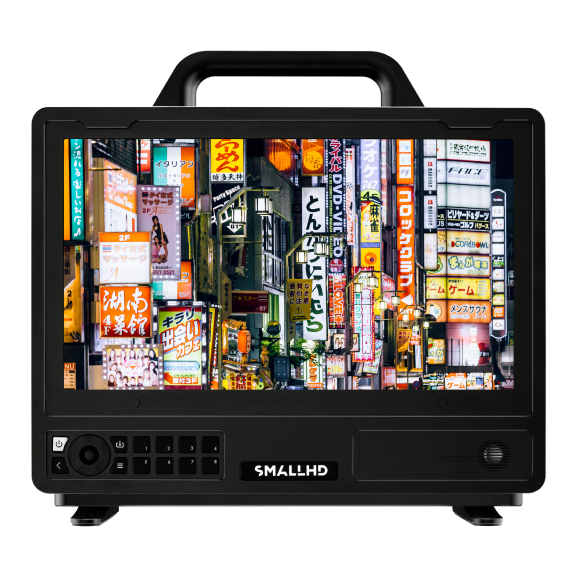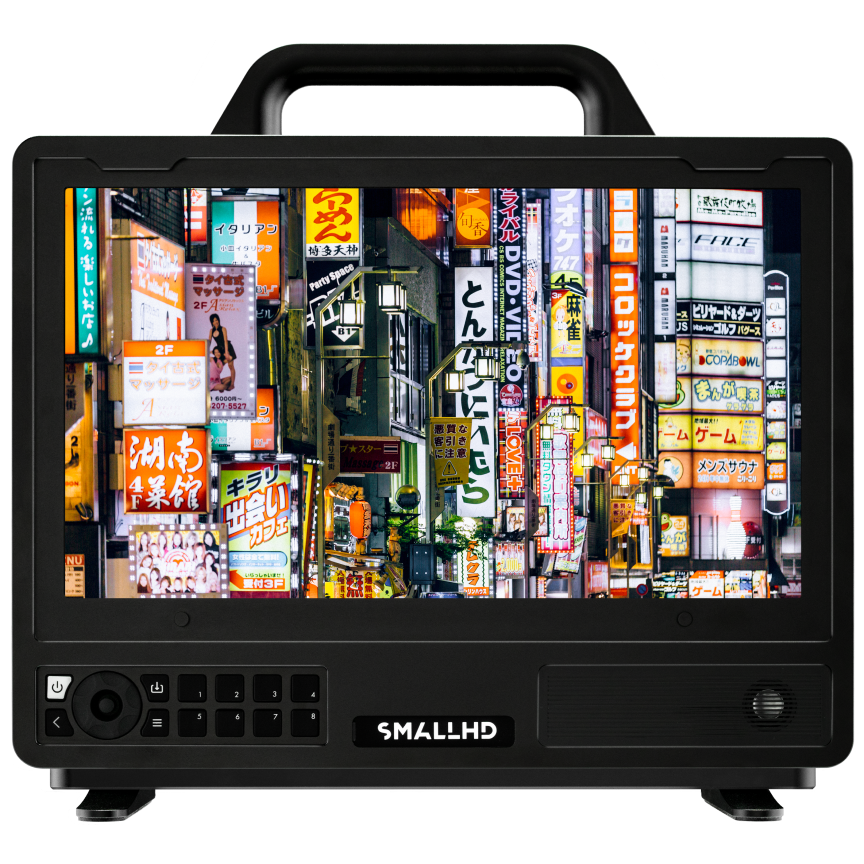Ultra 10, Ultra 7, and Cine 13: See How They Compare
Responding to customer feedback requesting an in-between monitor — an intermediate-sized Ultrabright display with the power of Cine 4K — our engineers developed the Ultra 10, our first 10-inch Ultrabright Monitor.
This blog compares and contextualizes three powerful monitors to help you identify the best monitoring solution for your needs: Ultra 10, Ultra 7, and Cine 13.
While the Ultra 10, Ultra 7, and Cine 13 all showcase SmallHD's award-winning commitment to design, functionality, user interface, and precision engineering, each monitor is uniquely tailored to meet a range of specific roles.
Before exploring their distinct features, it's essential to highlight the shared attributes of these premium SmallHD Monitors:
- Lightweight unibody smart chassis
- 10-bit (8+2) color accuracy
- Comprehensive I/O options for modern workflows
- Integrated mounting points
- Proven durability
Powered by PageOS, a unique industry-loved software, these monitors offer an intuitive user interface for quick adjustments and easy access to powerful monitoring tools, ensuring precise control over exposure, color, and camera settings.
Now let’s see how they compare.
Ultra 10, Ultra 7, Cine 13: By the Numbers
Ultra 10, Ultra 7, Cine 13: By the Numbers
Before we get into the specifics of each monitor, here is a high-level comparison of their respective specs:
Ultra 10
Ultra 10
Ultra 10 is the largest SmallHD Ultrabright Monitor ever made, giving users a new 10-inch display option that’s big and bright enough for crane operators, pursuit vehicles, and DITs, while portable and rugged enough for focus-pullers and even as a director’s monitor. It features 2000nits of daylight-viewable brightness, 6G-SDI architecture for modern 4Kp30 workflows, and an IP54-certified production monitor, demonstrating its superior ability to perform in harsh environments. And if harsh environments are commonplace for your shooting style, you’ll take comfort in Ultra 10’s redesigned machined chassis that includes raised edges to protect the display glass and shock-absorbing, user-replaceable silicone bumpers for maximum impact protection.
While not a monitor at 4K resolution, the 4K ingest allows a loopout to a 4K capable device, which may include a Teradek Bolt 6 or a 4K Production Monitor. Furthermore, the 1:1 Pixel Zoom will not change the screen’s resolution, but it can punch in on a 4K feed without losing any fidelity

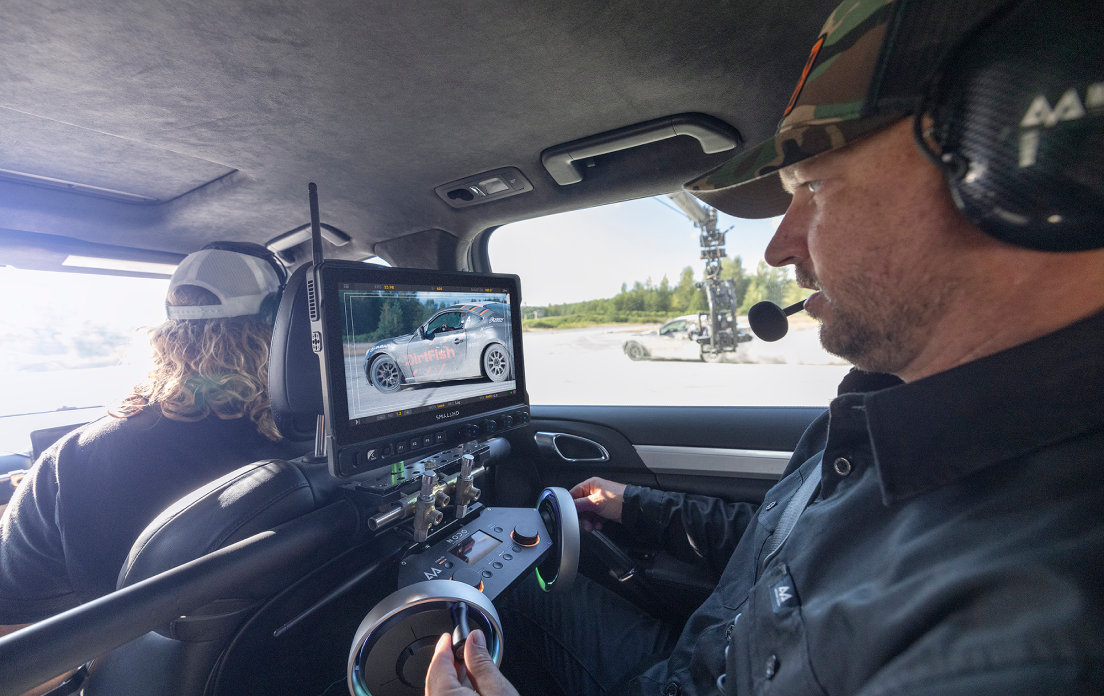
Optional upgrades include Gold, V-Mount, and B-Mount Battery Plates, a Camera ID and Tally Light Module (coming soon) for multi-camera switching, integrated Internal Bolt 6 RX Antennas with Bolt 4K and Bolt 6 compatibility, a quick-release folding magnetic snap-on sunhood, a custom lightweight ARCA Rail, and future camera control for select ARRI, Sony, and RED cameras with purchase of an optional camera control license.
Apart from its unique 10-inch display, perhaps the most notable differentiator for the Ultra 10 is the set of four customizable multi-function rotary knobs. These knobs offer long-push, short-push, rotary, and capacitive-touch functionality, giving you the ability to change different PageOS tools, settings, and functions on the fly for maximum efficiency.
Ultra 10 is ideal for filmmakers who need to stay mobile and trust the image on the screen. Pairing the knobs with the numerous tools available on PageOS provides a new way of accurately adjusting the settings. Ultra 10 was designed for people who need a streamlined workflow and more screen real estate that can go where they go.
Ultra 7
Ultra 7
Ultra 7 is the top-tier model of the Smart 7 Monitor Series, packing the processing power of SmallHD Production Monitors into an ultra-bright, lightweight, structurally reinforced form factor designed for challenging production environments. Ultra 7 is a 7-inch touchscreen monitor designed to blend seamlessly into your workflow with 2300nits of brightness, joystick, and customizable function buttons, as well as 6G-SDI and HDMI 2.0
I/O for uninterrupted 4K signal loop-through.
Like the Ultra 10, Ultra 7’s machined aluminum unibody features raised edges to protect the display glass and silicone bumpers for impact protection. Its new IP54 rating provides peace of mind in moist or dusty weather, and innovative thermal management gives it the ability to perform seamlessly in temperatures ranging from 32º–104ºF (0º–40ºC).
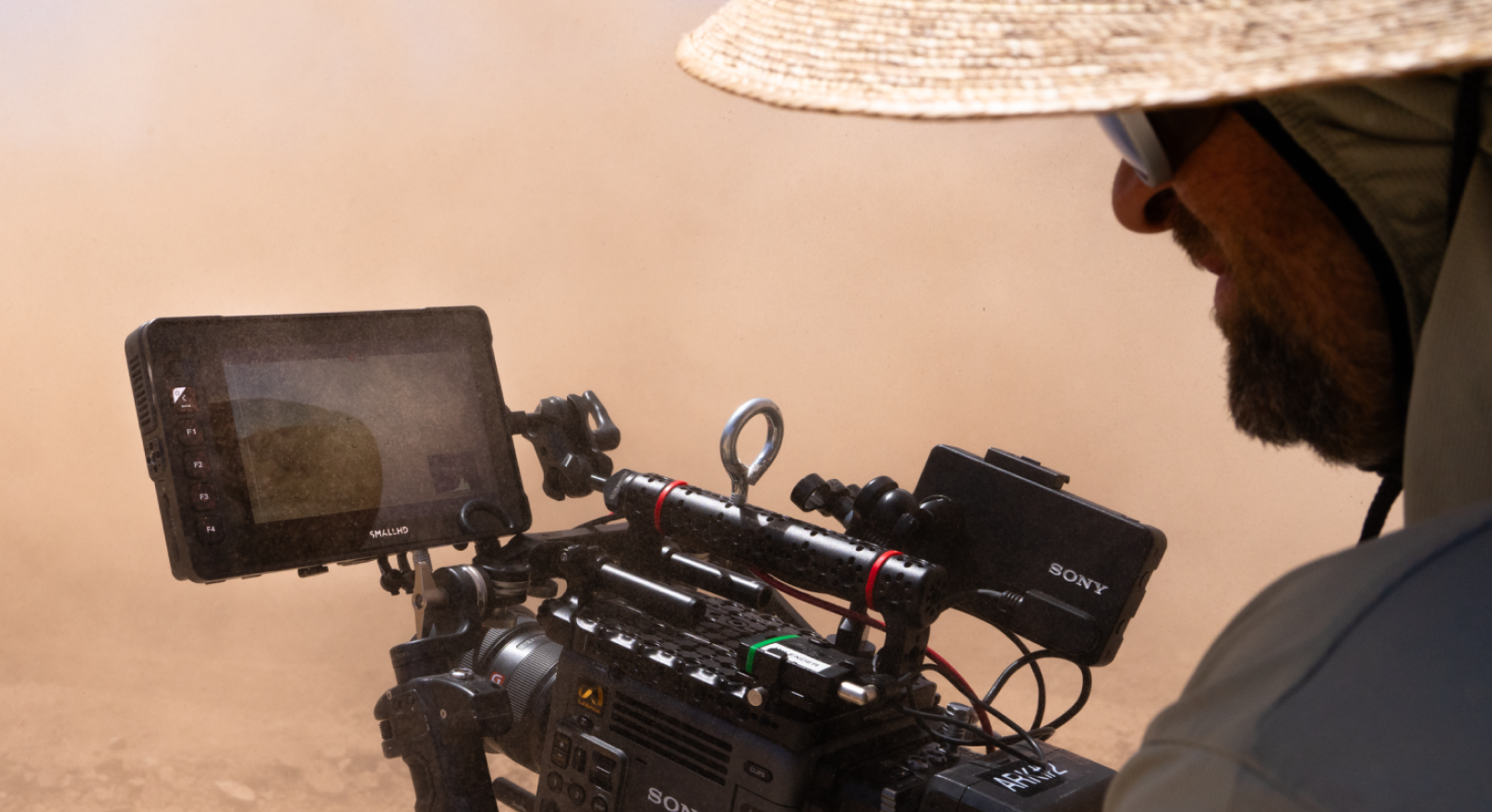
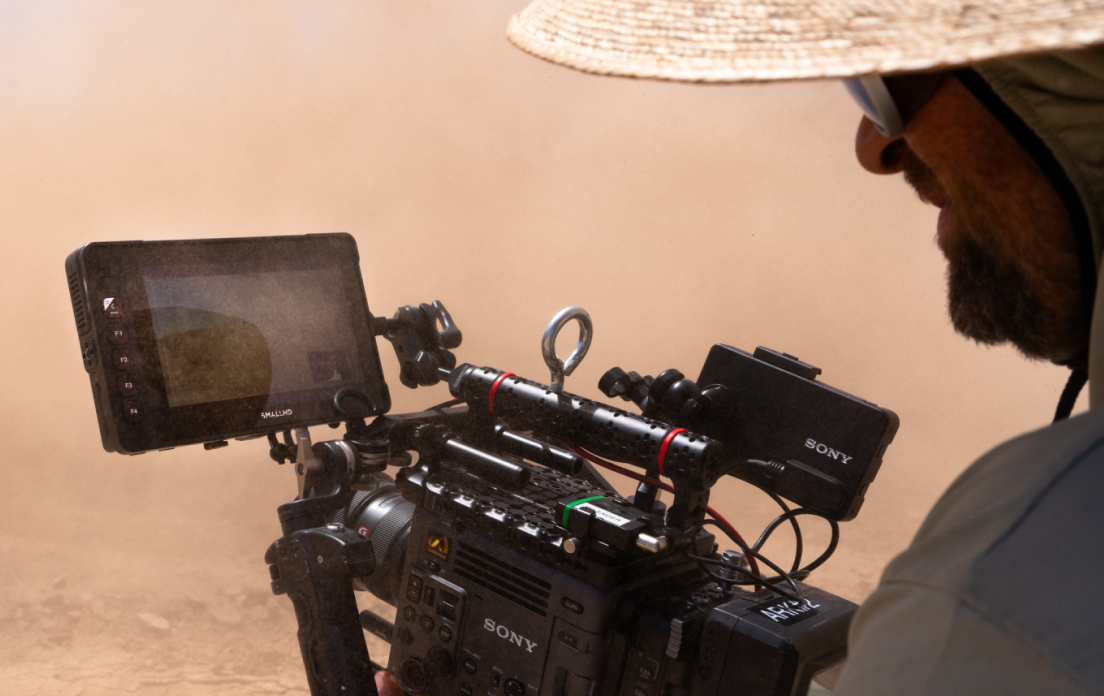
Optional upgrades include Gold, V-Mount, or B-Mount Micro Battery Plates, integrated Internal Bolt 6 Antennas on TX and RX models for full Bolt 4K and Bolt 6 compatibility, A folding quick-release magnetic snap-on sunhood, and camera control for select ARRI, Sony, and RED® cameras with purchase of an optional camera control license.
Ultra 7 is a powerful, feature-packed production monitor ideal for operators and focus-pullers, but it can also be mounted in a cage as a director’s monitor or used in any situation where a compact display is ideal.
Cine 13
Cine 13
Despite being the brightest and lightest monitor in the 4K Cine Production Monitors, Cine 13 boasts the most screen real estate in this lineup and is larger by all measurements than its Ultra cousins. It’s a pixel-dense, true 4K production monitor with 1500nits of brightness and is ideally suited to scenarios where a 13-inch display and a 3840x2160 UHD screen can make a significant difference. In certain cases, the size is also preferable for its x4 input multiview, allowing four feeds to be viewed simultaneously.
Cine 13 remains remarkably light for a monitor with a screen diagonal of 13.3 inches and 4K processing power. Weighing in at 6.8lbs, Cine 13 carries more weight compared to the Ultras, but is still flexible, low-profile, and impact-resistant enough to be rigged for almost any situation where image fidelity is paramount. Like the Ultra models, Cine 13 lets you personalize your PageOS workflow via touchscreen, joystick, and customizable function buttons, but it lacks the four programmable rotary encoder knobs found on Ultra 10.
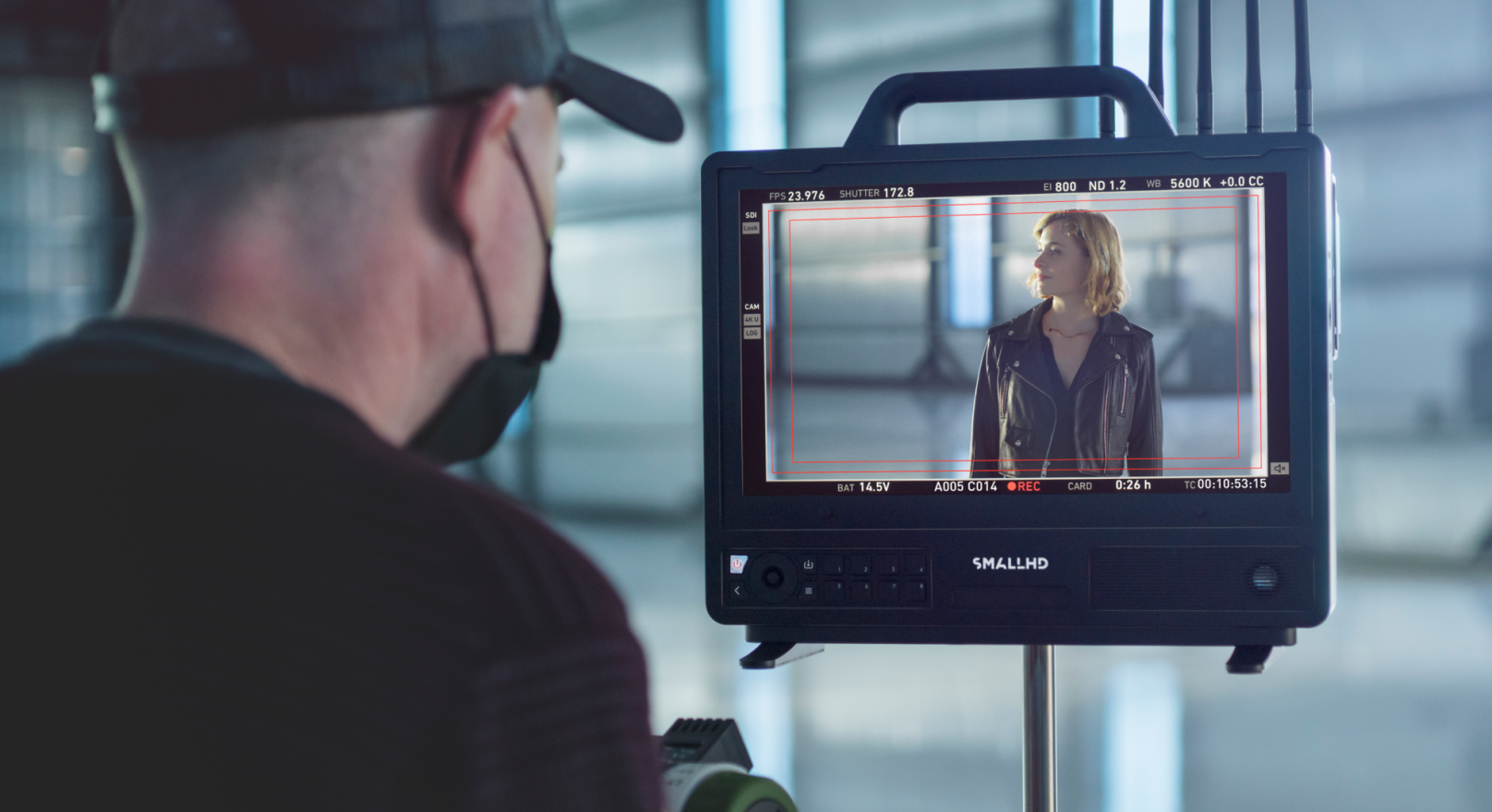
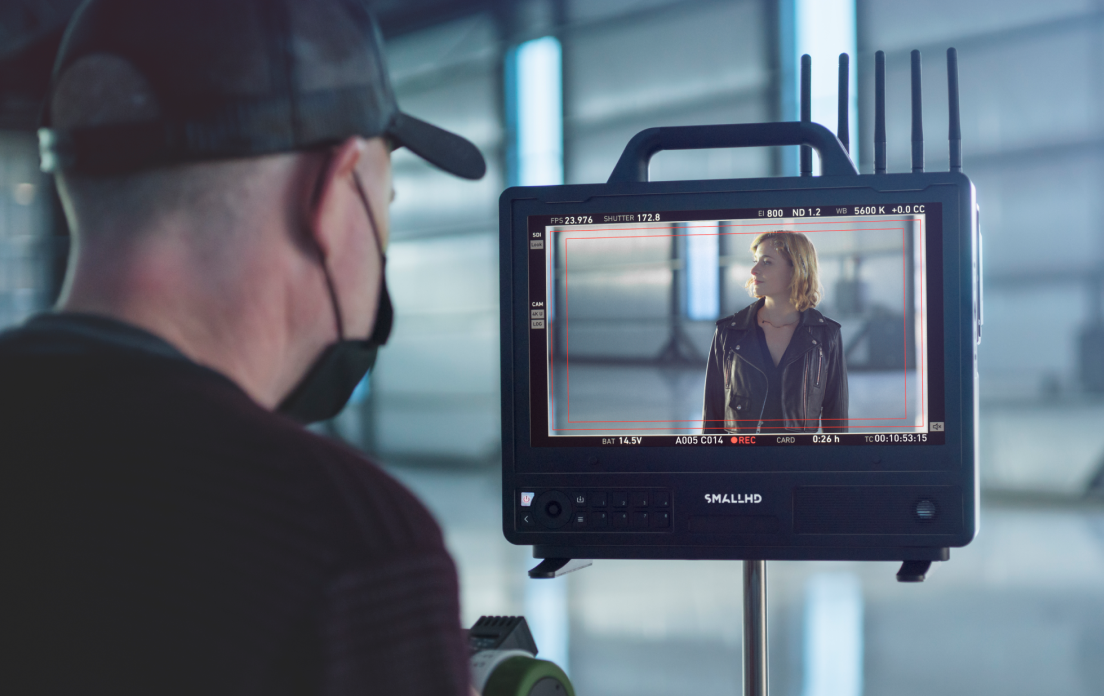
Cine 13’s machined aluminum unibody is durable, rugged and performs effortlessly in temperatures ranging from 32º–100ºF (0º–39ºC), but it doesn’t have the same ingress protection (IP certification) or reinforced impact-protection as Ultra 10 and Ultra 7, so you’d be well-advised to spend more time shielding it from the elements on shoot days where moisture or blowing dust is problematic.
Optional upgrades include Gold or V-Mount Battery Plates and camera control for select ARRI, Sony, and RED® cameras with purchase of an optional camera control license.
Cine 13 is a 4K powerhouse best-suited for critical focus-pulling scenarios, video village, DITs and DP monitor, but it can also be mounted on a stand as a director’s monitor or used in any situation where a 13-inch 4K display makes more sense than a larger one.
The Verdict
The Verdict
The Ultra 10, Ultra 7, and Cine 13 Monitors all deliver a premium PageOS-powered monitoring experience in their respective form factors. They’re all built on the same field-tested unibody chassis design SmallHD users know and love, and they all offer enough flexibility to be used in a wide variety of production scenarios. Which one best suits your workflow is ultimately your decision to make, but we hope this article helps you better understand the differences between them.
Shop the Monitors
plan with
Sign Up for
Updates on
our
Newest Products
Sign Up for
Updates on
our
Newest Products



